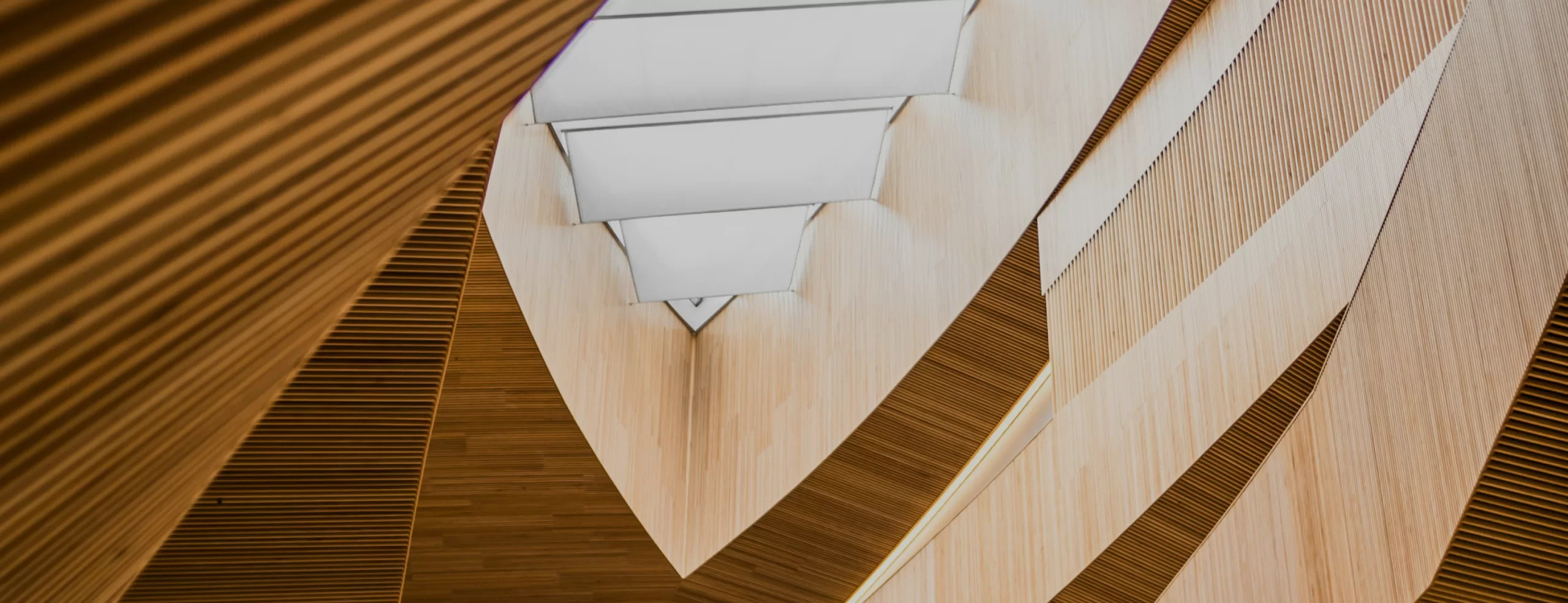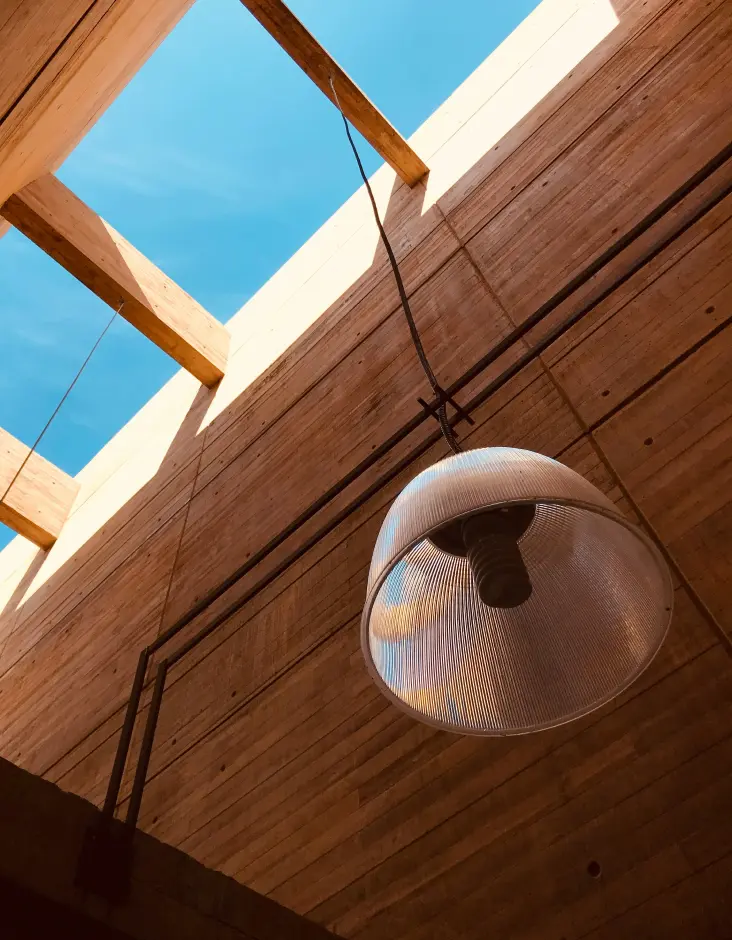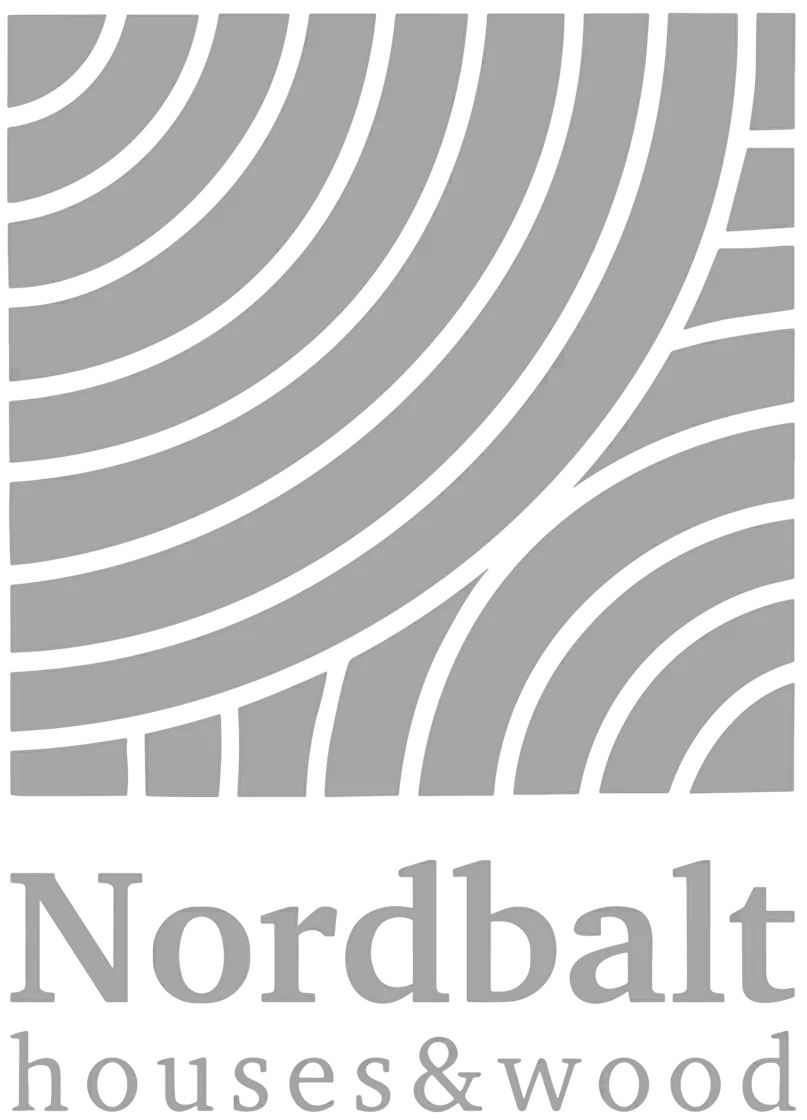Thermally modified wood is ideal for terraces because of its durability, resistance and stability in outdoor conditions.
Filter
No products found.
Durability and resistance
Thermally modified wood is particularly resistant to environmental influences, including humidity, temperature fluctuations and biological agents such as mould or rot. Thanks to the heat treatment, this wood lasts longer and requires less maintenance.
Sustainability and environmental friendliness
Thermally modified wood is an environmentally friendly solution because no chemicals are used in the production process. It not only contributes to a lower environmental impact, but also helps conserve natural resources by being extremely durable.
Stability and shape
Heat treatment makes the wood much more stable, with less shrinkage or expansion in the presence of humidity and temperature changes. This allows thermally modified timber to be used in both outdoor and indoor projects, ensuring precise and reliable structures.
Aesthetic appeal
Thermally modified wood is distinguished by its naturally warm shade and luxurious texture. It adds an elegance to projects that is appreciated by architects and interior designers alike. It can be used in a wide range of design solutions, creating a distinctive and lasting beauty.
FAQ
Thermally modified wood is increasingly chosen for terraces, facades and interiors. Here are answers to common questions about its benefits and installation.
Can thermally modified wood be used outdoors?
Yes. Thermally modified wood is an excellent choice for outdoor projects such as terraces, facades or outdoor furniture. The heat treatment makes the wood highly resistant to moisture, pests and temperature fluctuations, making it suitable for outdoor use and much more durable than traditional wood.
Does thermally modified wood require special care?
Minimal maintenance. Thermally modified wood is highly resistant to rotting, warping and pests and therefore requires little maintenance. However, to maintain its aesthetic appeal, it is recommended to periodically renew the surface protection (e.g. oiling), especially if the wood is used outdoors.
Can thermally modified timber be installed using traditional timber fixing methods?
Yes, but there are a few differences. Thermally modified wood is harder and drier than traditional wood, so it is recommended to use stainless steel screws and nails during installation to prevent rusting and to ensure a strong connection. It is also important to maintain the spacing between the boards during installation, as although wood is less prone to change shape, it has expansion and contraction properties.
Is thermally modified wood suitable for interior decoration?
Yes. Thermally modified wood not only looks great outdoors, but is also an aesthetically pleasing choice for interiors. Its warm shade and natural texture give rooms a luxurious look, while its stability and resistance to warping allow it to be used for floors, walls, ceilings and furniture.

Still not sure which product to choose?
Contact our team for advice and a personalised solution.
Fill in the form


